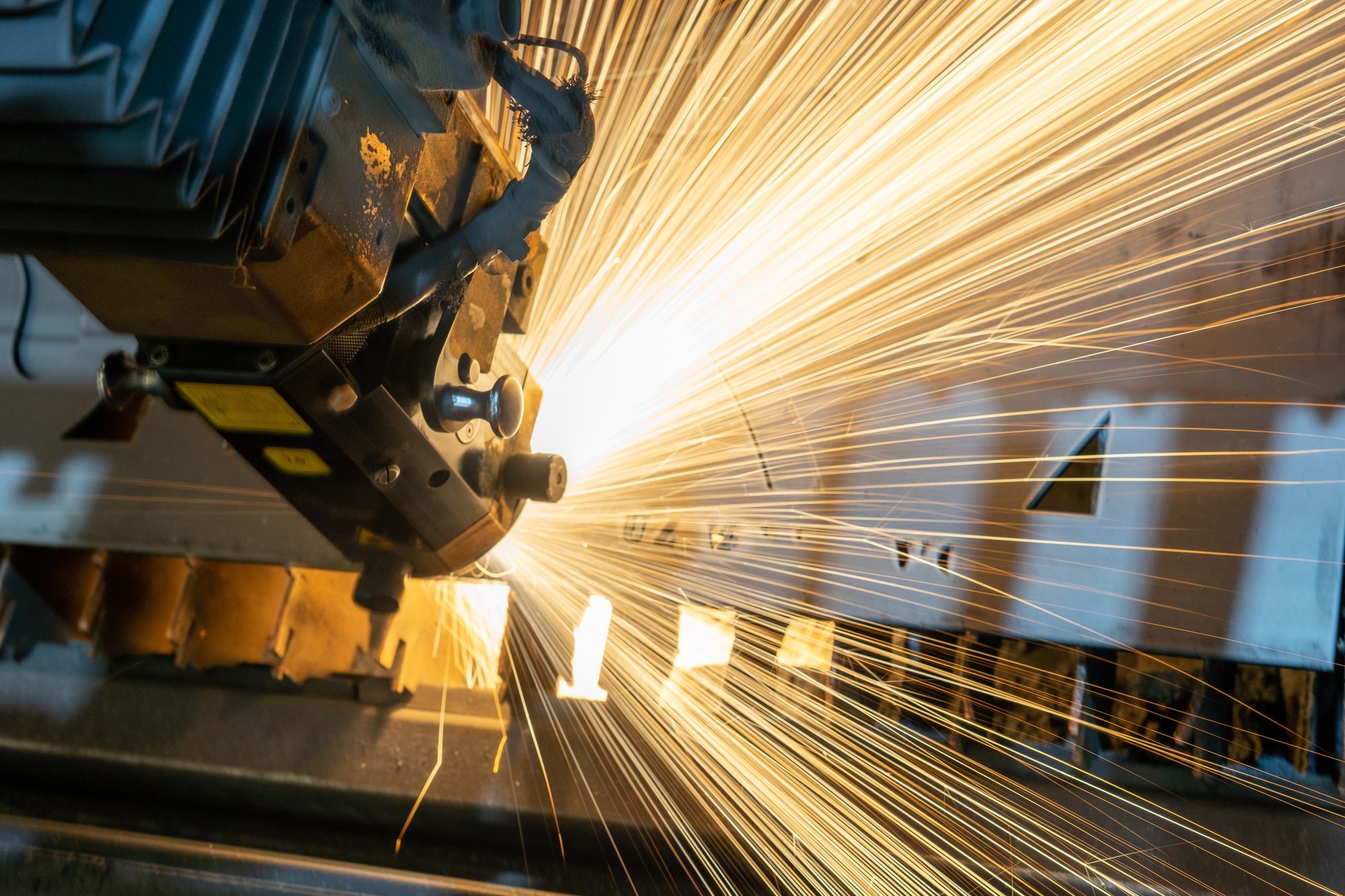The U.S., Europe And China Start Feeling The Heat. Is This Transitory?
Manufacturing activity in the U.S. picked up in May, driven by pent-up demand as the economy re-opens. However, unfinished work piled up because of shortages of raw materials and labour. Unemployment benefits and COVID-related stresses are still pressuring the job market.
“Lack of workers and shortages of raw materials such as semiconductors used in the production of motor vehicles and electronic goods led to a further increase in backlogs of uncompleted work.”
“Generous unemployment benefits funded by the government, problems with child care and fears of contracting the virus, even with vaccines widely accessible, as well as pandemic-related retirements have been blamed for keeping workers home.” by Reuters Staff for Reuters
On the other hand, around half of U.S. states are set to cut unemployment benefits this month in an effort to boost the labour market.
Europe Feels The Heat
The euro area's inflation accelerated to 2% in May from 1.6% in April, driven by higher energy costs. The numbers suggest that structural forces and not only transitory factors are causing the increase in prices.
"Everyone saw it coming, but still it is starting to make a lot of people sweat, […] Inflation is returning rapidly at the moment at a time when news about economies is increasingly upbeat and labour markets are profiting from the reopening." by ING economist Bert Colijn for Reuters
China Is Also Feeling It
China’s factory activity expanded at the fastest pace this year in May as domestic and export demand grew sharply. However, significant increases in raw material prices and constrains in the supply chain negatively affected some companies’ production.
“Rapidly rising commodity prices began to disrupt the economy as some enterprises began to hoard goods, while some others suffered raw material shortages. Supply chains were also significantly affected,” Wang Zhe from the Caixin Insight Group by Reuters
Inflation is thus rapidly becoming an international theme and may last throughout the Summer as supply chains are clogged and generous governments help keep workers out of the labour market.
BENCHMARK’S TAKE
- A key element for stocks to fly higher is the alleviation of inflationary pressures. Inflation and taper talks will continue to cloud the skies as long as global shipping constrain supply chains and employment rates remain pressured
- Shipping constraints might start to smoothen by the start of the summer as the temporary disequilibrium gets resolved
- However, unemployment might take longer to normalise, potentially opening the door to sustained inflation
Disclaimer
Please note that this article does not constitute investment advice in any form. This article is not a research report and is not intended to serve as the basis for any investment decision. All investments involve risk and the past performance of a security or financial product does not guarantee future returns. Investors have to conduct their own research before conducting any transaction. There is always the risk of losing parts or all of your money when you invest in securities or other financial products.
Credits
Photo by Clayton Cardinalli on Unsplash.






